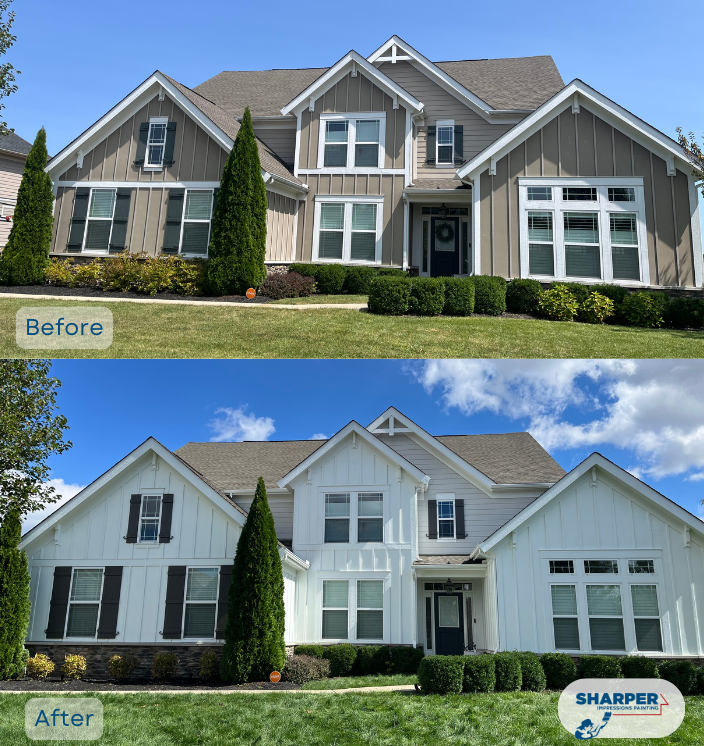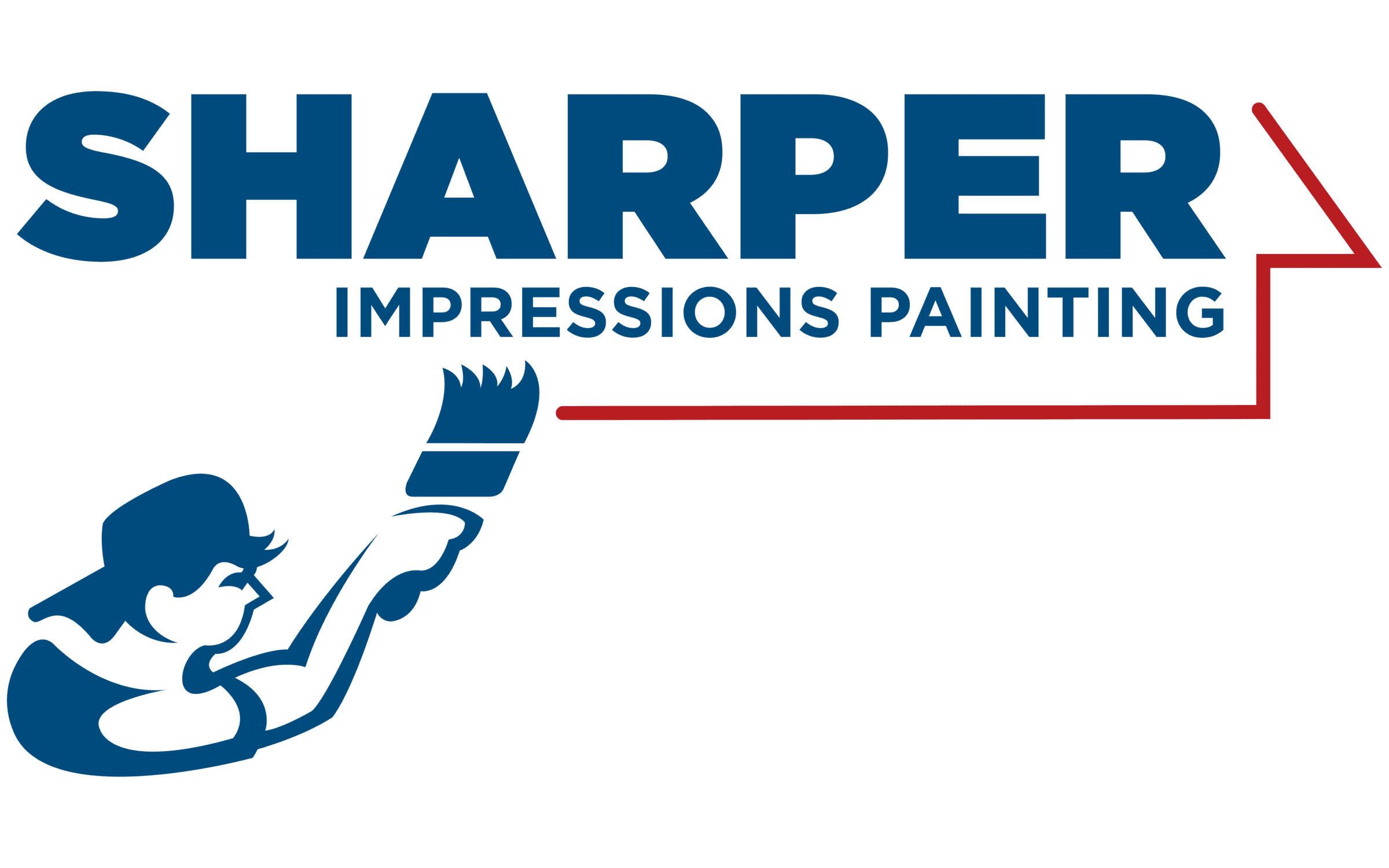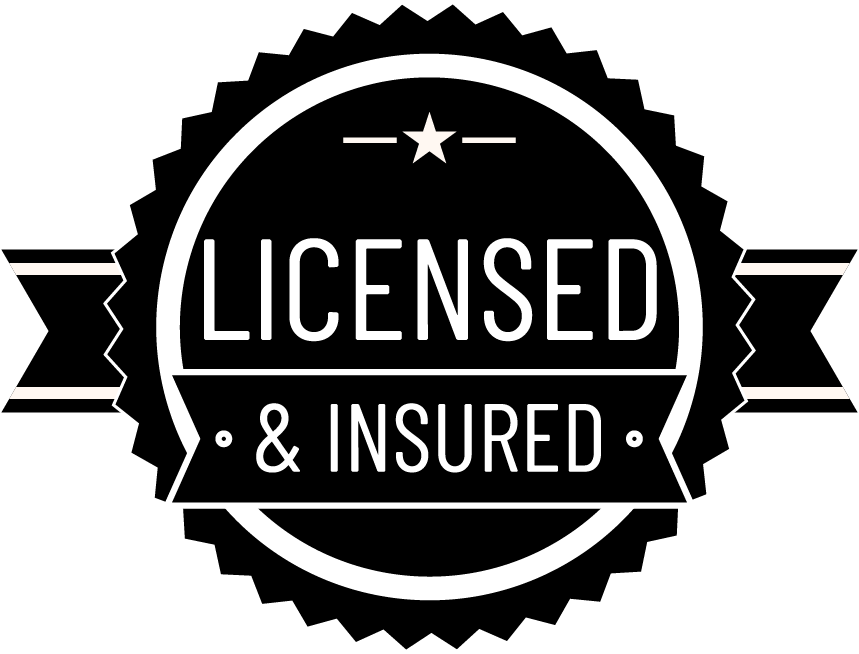Repainting your home’s exterior can breathe new life into the property. But it’s more than just curb appeal—it’s about protection. A good paint job defends against sunlight, wind, rain, snow, and general wear.
But here’s the catch: many homeowners rush into it. They pick a color, buy some paint, and start brushing—without preparing the surface, checking for damage, or knowing what’s really needed for long-lasting results. That’s when problems show up. Peeling. Mold. Bubbling. Flaking old paint that was never properly removed.
This comprehensive exterior painting checklist walks you through everything—whether you’re tackling it yourself or hiring pros. Every step matters.
Why a Painting Checklist Matters Before You Paint
Think of exterior painting like a surgery. You wouldn’t skip pre-op, right? A painting checklist brings structure, reduces errors, and ensures long-term results.
The most common painting failures we see—early peeling, mold bleeding through, paint flaking within two years—stem from skipped prep. Painting over old paint without scraping. Ignoring moisture issues. Forgetting to caulk. It all adds up.
A good exterior painting checklist helps you:
-
Plan timelines and avoid weather mishaps
-
Uncover and fix hidden damage before it’s too late
-
Vet contractors to ensure thorough prep and quality
Exterior Painting Checklist: Step-by-Step Guide

Below is your full step-by-step checklist. Whether you’re brushing on paint or overseeing a crew, these steps are your roadmap.
Inspection and Evaluation
Before opening a single can, assess the condition of the surfaces.
Look for:
| Issue | What It Means | Action Needed |
|---|---|---|
| Peeling or flaking paint | Failing bond from old paint | Scrape and sand before repainting |
| Rotting or soft wood | Moisture damage, especially on trim | Replace before painting |
| Mold or mildew | High humidity or poor drainage | Kill spores before painting |
| Hairline stucco cracks | Foundation shifting or thermal expansion | Fill with elastomeric patch |
| Chalky residue | Paint degradation (often on old paint) | Wash and test for adhesion |
| Rust spots | Metal exposure to water | Treat and prime with metal primer |
Tip: If your home was built before 1978, test for lead paint. Scraping old paint that contains lead requires EPA-certified safety procedures.
Surface Cleaning
Paint needs a clean surface to stick.
Power washing is usually best—but use caution on older or delicate materials. Never paint over mold or dirt.
Cleaning Guidelines by Material:
| Surface Type | Cleaning Method | Drying Time |
|---|---|---|
| Wood siding | Low-pressure wash + scrub | 24–48 hours |
| Vinyl | Medium pressure wash | 24 hours |
| Stucco | Gentle rinse + mold solution | 48 hours |
| Brick | Soft wash + detergent | 24–48 hours |
Don’t just bleach mold—that only removes surface stains. Use a mold-specific cleaner that kills spores and prevents regrowth under the paint.
Repairs and Caulking
Paint hides nothing. Cracks, rot, and gaps will still be there after painting—and worse over time if not addressed.
Common Fixes:
-
Patch cracks in stucco or brick with flexible fillers
-
Replace rotting trim, fascia, or wood siding
-
Tighten loose fasteners
-
Re-caulk seams around windows, doors, and eaves
Choose paintable exterior caulk and allow it to cure fully before painting. This is critical for long-term adhesion.
Scraping and Sanding Old Paint
This is where many jobs fall apart. Painting over old paint that’s flaking or loose guarantees early failure.
Use paint scrapers and wire brushes to remove:
-
All peeling and bubbling sections
-
Loose edges from previously painted layers
-
Rusted or cracked paint over metal components
Feather-sanding is crucial—smooth transitions between scraped and intact areas make your finish seamless.
Lead Paint Warning:
Homes with old lead paint must be handled with care. Never dry-sand lead-based coatings. Use EPA-approved safety practices or hire certified pros.
Priming
Don’t skip the primer—it’s not just for repairs. Primer:
-
Seals porous repairs and raw wood
-
Evens out old and new surfaces
-
Improves topcoat adhesion
-
Prevents stains from bleeding through
When You Need Primer:
| Surface Condition | Primer Required? | Reason |
|---|---|---|
| Bare wood | ✅ Yes | Paint will soak in and dry unevenly |
| Repaired areas | ✅ Yes | Ensures uniform finish |
| Transitioning colors | ✅ Yes | Helps cover darker shades |
| Chalky or porous surface | ✅ Yes | Creates bondable base for topcoat |
Choosing the Right Paint and Finish

Not all paints are equal. For exteriors, quality matters more than ever—especially in regions like New Jersey where weather varies drastically.
Match Paint to Surface:
| Surface Type | Recommended Paint Type | Notes |
|---|---|---|
| Wood | 100% Acrylic Latex | Flexible and breathable |
| Stucco | Elastomeric or Masonry Paint | Fills hairline cracks, moisture-resistant |
| Brick | Breathable Masonry Paint | Allows water vapor to escape |
| Vinyl | Acrylic (vinyl-safe) | Use light colors to prevent warping |
| Metal | DTM or Acrylic + Metal Primer | Resists rust and oxidation |
Select the Right Sheen:
| Sheen | Use Case | Benefits |
|---|---|---|
| Flat/Matte | Older homes, rough surfaces | Hides imperfections, non-reflective |
| Satin | Most siding | Balanced durability and appearance |
| Semi-gloss | Doors, trim, shutters | Easy to clean, highlights architecture |
Protect Landscaping and Fixtures
Before you open the first can of paint, shield everything you don’t want covered in overspray.
Cover with:
-
Drop cloths (canvas preferred over plastic)
-
Painter’s tape for tight edges
-
Plastic sheeting over shrubs or furniture
Tip: Remove exterior hardware like light fixtures or house numbers before painting. It results in a cleaner finish and less masking work.
Painting: Tools and Conditions
Choose the right tools for your home’s material:
-
Brushes: for trim, corners, and detail work
-
Rollers: for wide, flat surfaces like wood siding
-
Sprayers: best for stucco, brick, or textured walls
Application Tips:
-
Use two full coats for durability
-
Work from top down, in the shade when possible
-
Avoid painting in extreme weather or direct sun
-
Follow manufacturer’s drying times between coats
Final Cleanup and Inspection

You’re almost done—but don’t rush this step.
Your Final Painting Checklist:
-
Remove all painter’s tape, drop cloths, and plastic
-
Store leftover paint in labeled containers
-
Dispose of rags and materials safely
-
Conduct a full visual walkthrough
Make a punch list of any missed spots, uneven areas, or drips. If you hired pros, this should be a collaborative walk-through.
Maintenance Tips to Maximize Paint Longevity
Even a perfect job needs upkeep. To extend the life of your exterior paint:
-
Wash siding once a year with gentle soap
-
Re-caulk joints and windows every 2–3 years
-
Address chips or cracks as soon as they appear
-
Keep gutters clear to reduce moisture exposure
Pro tip: Keep leftover labeled paint for future touch-ups. Make note of the exact brand, color code, and sheen.
Final Thoughts
Repainting your exterior isn’t just a facelift—it’s protection, durability, and value. Whether you’re updating color or dealing with old paint issues, a detailed exterior painting checklist is essential.
Take the time to do it right. Or call someone who will.
We specialize in high-end exterior painting projects—handling everything from scraping old paint to applying the final coat with precision.
Request your free estimate today. Let’s protect and refresh your home—one painting checklist item at a time.




